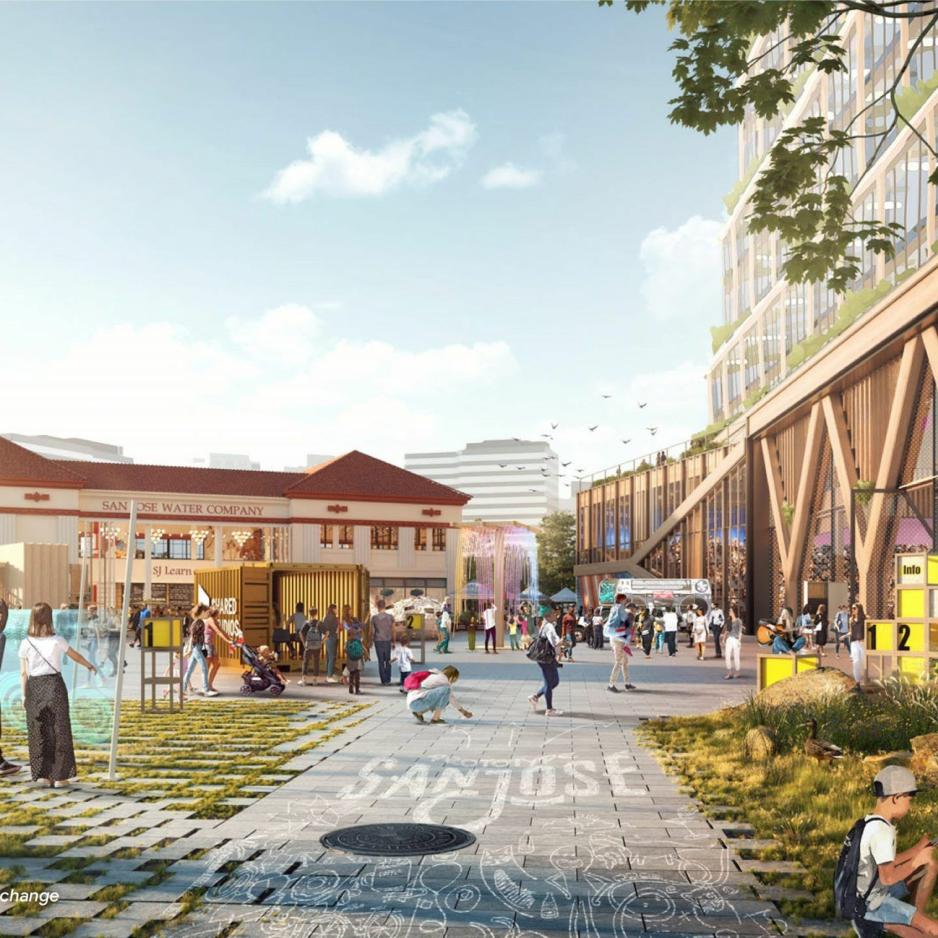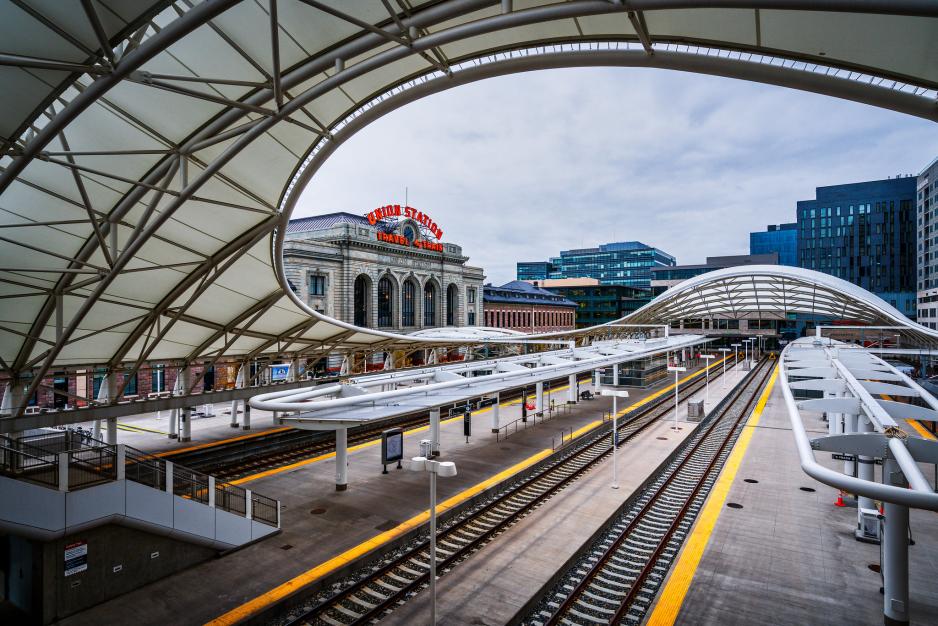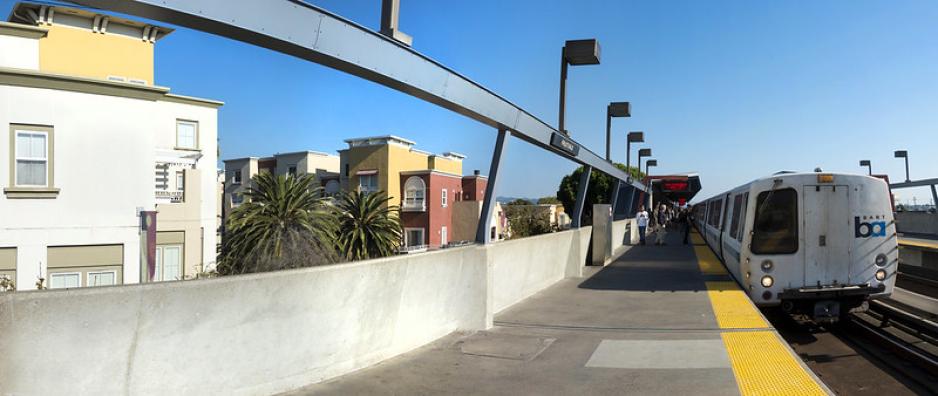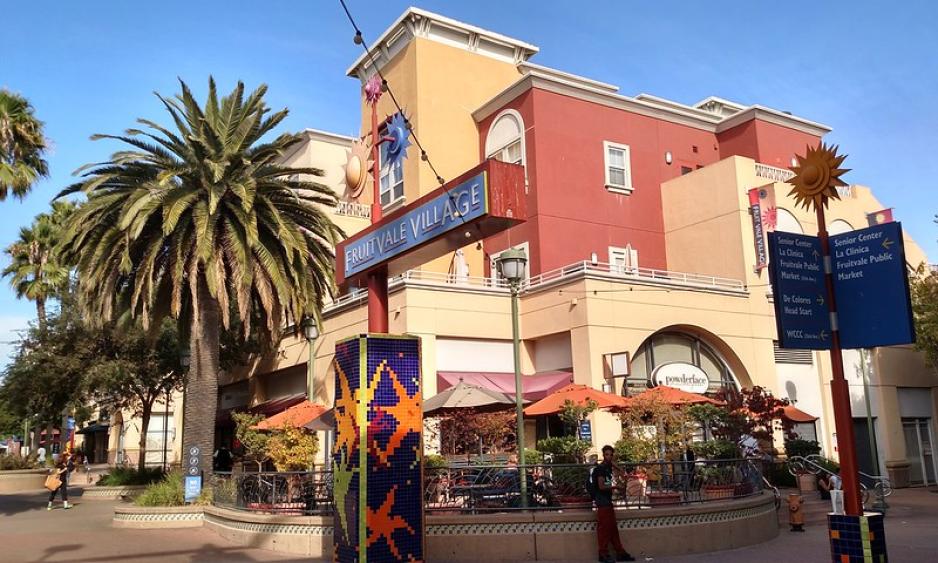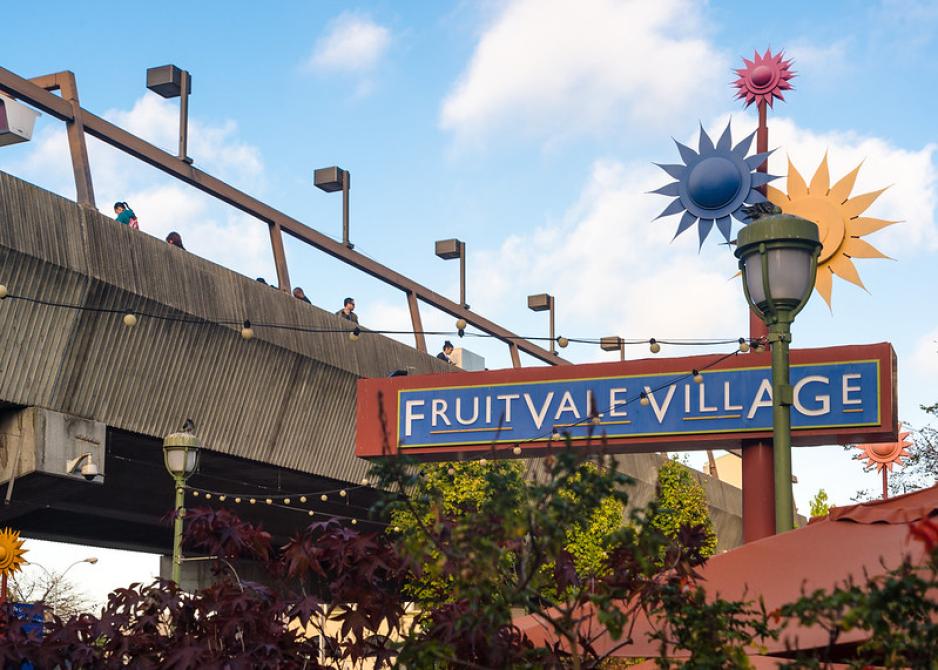San José, CA, USA - Diridon Affordable Housing Implementation Plan
Faced with intense demands for housing in the area surrounding Diridon Station and the heart of Google’s development plans, the City of San José has created a strategy document to help reach the City’s housing-related goals. The Diridon Housing Plan includes the Diridon Station Area and surrounding neighborhoods within a half-mile. The plan integrates the land use and affordable housing strategies in Google’s Downtown West Mixed-Use project and further elaborates how the entire area can address gentrification and housing for a range of incomes. The plan creates a timeline for when potential homes could be built and how they will be funded.
The plan identifies opportunities based on data, existing housing number, community priorities and best housing practices to create equitable development near transit.
Strategies:
- “3Ps” approach: Production – of new affordable homes; Preservation – of existing affordable housing for lower incomes; and Protection – of vulnerable residents from future development.
- Community-center listening process: engaged hundreds of stakeholders from 2018 to 2020 through the Diridon Station Area Advisory Group.
- Effectiveness evaluation measures co created with the community, with community monitoring.
- Ensures access for elderly and those with mobility disabilities.
Outcomes:
- $200 million community benefits fund, including $150 million for community stabilization and community opportunities.
- Third party community fund management made up of representatives with lived community experience.
- 5000+ homes, 25% affordable.
Denver, CO, USA - Denver TOD Fund
To counter growing displacement, in 2010 a first of its kind fund was created between funding partners and foundations to preserve affordable housing along current and future transit corridors. Denver recognized that land speculation, development, and gentrification displace low-income households when investments in public transit occur. The Denver TOD fund was created to offer low-cost acquisitions of land to preserve and protect affordability before transit investment begins. Today the fund is valued at $24 million dollars.
Denver is leading the nation in public transit expansion including multiple rail corridors and Bus Rapid Transit corridors. Working families in Denver spend high amounts of income on transportation and housing. By preserving low-income housing near the future expansion of the transit network, more opportunities for people of color and low-income residents will be protected.
Strategies:
- Community Development Financing.
- Policy and programs for equitable and sustainable development near transit.
- Financially builds and supports a mix of uses for to expand opportunities and affordability.
Outcomes:
- Funded over $32 million dollars to buy property near transit in the Denver regional area.
- Protected over 1350 homes.
- Helped fund creation of new public library and 100,000 square feet on commercial space for non-profit organizations.
Oakland, CA, USA - Fruitvale Unity Village
While there are many projects oriented towards transit focused on sustainable travel and building, there might only be a handful when it comes to cultural and social equity. Fruitvale Village, based in Oakland, CA, represents the strength of community co-creation and equitable development. The Unity Council help to organize and engage surrounding predominately Latino and low-income neighbors to create a project and village that directly served their needs. Fruitvale includes a mix of uses to support its residents including affordable homes, retail, transportation, and social and community resources. Fruitvale represents both how sustainable building can occur near high quality transit and how it serves as a model for equitable inclusion and engagement through its creation.
Fruitvale Unity Village’s success lies at the intersection it has created through partnership with local agencies and community. Its mix of uses help it weather both financial downturns and real estate booms and bust cycles. Its services are supported by a range of local, state, and government funding. These successes have led to a Phase II which expects to additional homes with more affordability.
Strategies:
- Transit integration with frequent BART and AC Transit bus access.
- Extremely low-income affordability 35%-80% Area Median Income.
- Community programs: job training, school counseling center, childcare, library/senior center and farmer’s market.
Outcomes:
- Phase II: 250+ homes for working families making 20%-80% Area Median Income and the chronically unhoused.
- Additional rent restricted office space for community-based non-profits.
- Connections to Alameda Transit’s first Bus Rapid Transit Line: Tempo.
